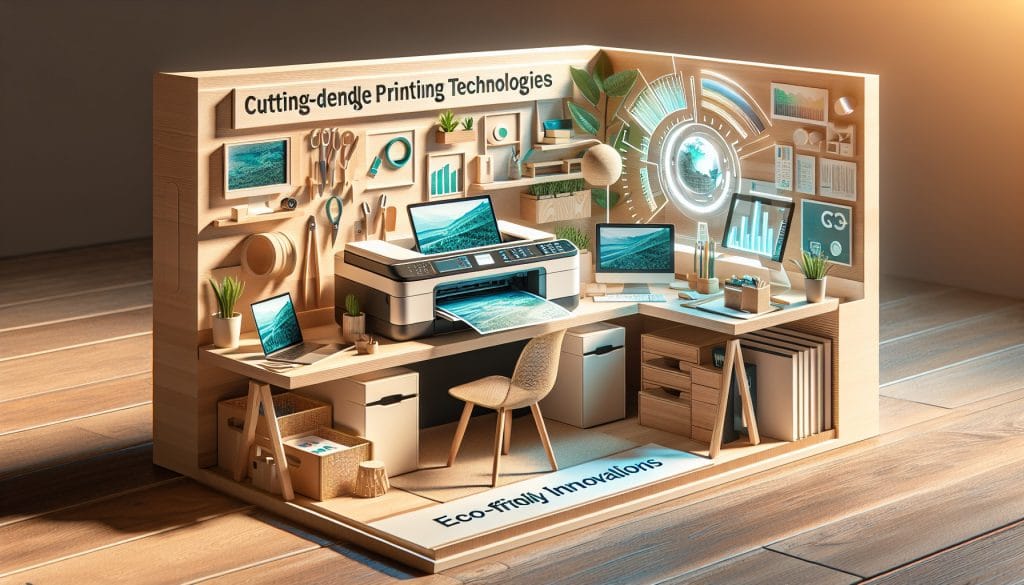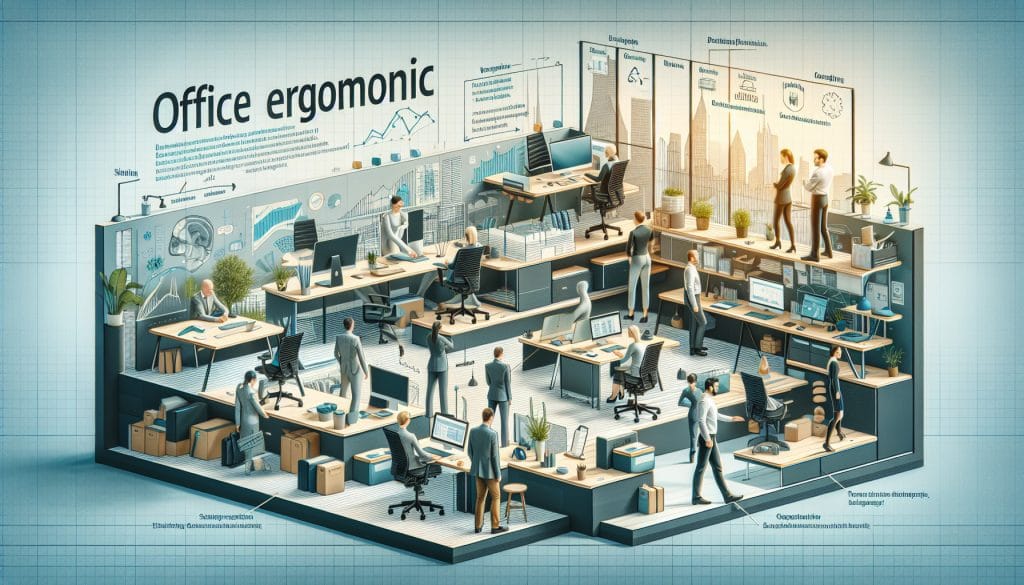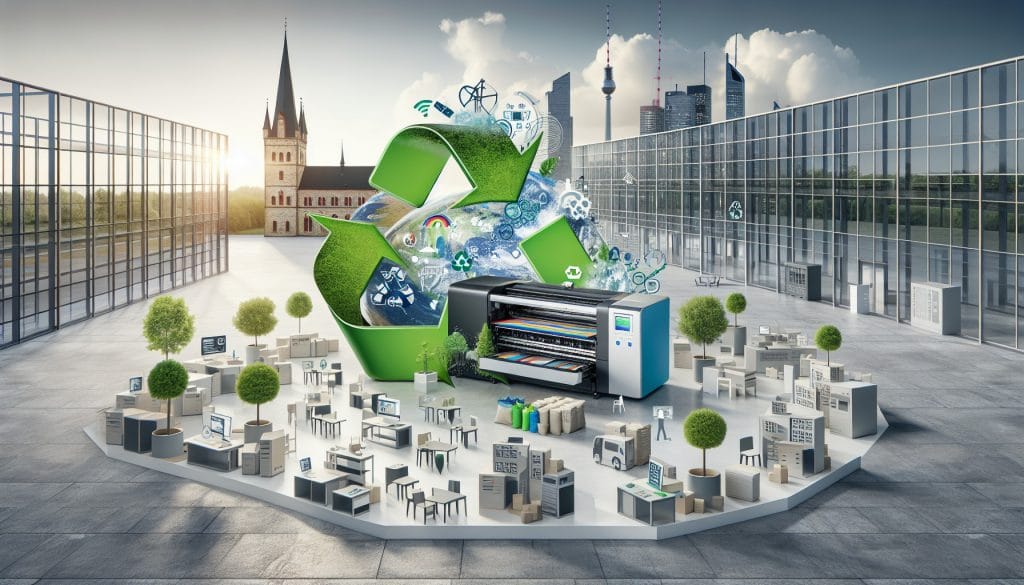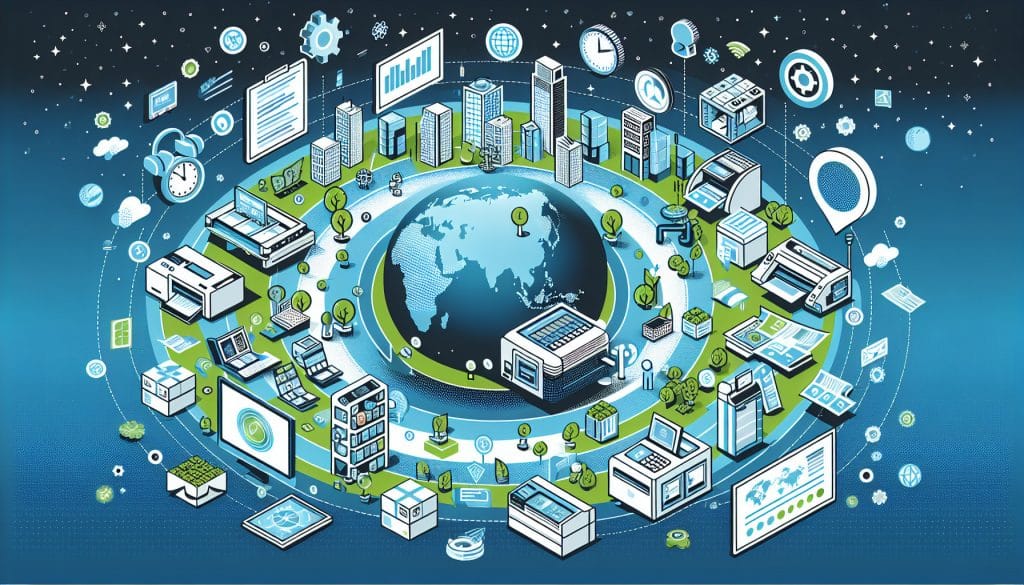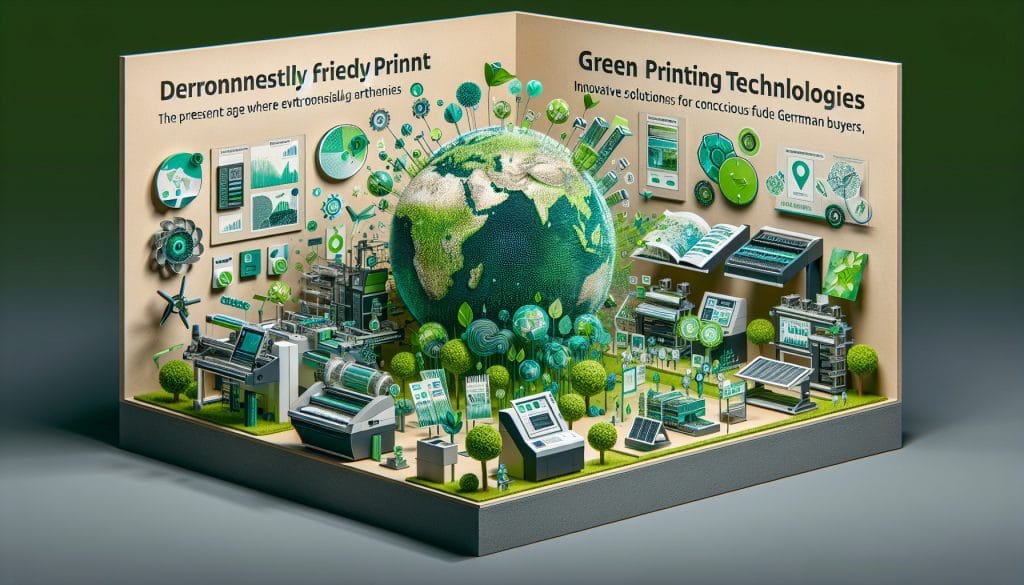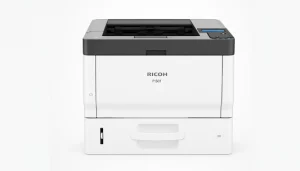Revolutionary printing technologies: ways to reduce the carbon footprint in German offices
Nowadays, the issue of environmental protection is becoming increasingly important. Especially in offices, where large amounts of paper and printing resources are consumed, innovative approaches to reducing the carbon footprint are of great importance. The implementation of sustainable printing solutions can not only reduce a company's environmental footprint, but also reduce operating costs and increase efficiency.
1. The importance of sustainable printing technologies
The printing industry is an integral part of many businesses. Conventional printing methods are often associated with high CO2 emissions, which are exacerbated by the use of chemical inks, inefficient machines and excessive paper consumption. To minimize the impact on the environment, a transformation towards sustainable printing solutions This includes the use of environmentally friendly materials and technologies.
2. Advanced printing technologies
There are several technologies that are considered more environmentally friendly in the modern printing industry:
- digital printing: This technology reduces material waste and is more energy efficient than traditional offset printing.
- 3D printing: Especially in prototype development, 3D printing enables precise manufacturing and significantly reduces material consumption.
- Ecolabel printing process: Certified ecological printing processes ensure that the printing materials are environmentally friendly.
3. CO2 reduction through alternative materials
The choice of printing materials has a significant impact on the environmental impact. Companies should therefore sustainable printing solutions that contain the following materials:
- Recycled paper: The use of recycled paper can drastically reduce wood consumption.
- organic inks: These inks are made from natural ingredients and are less harmful to the environment.
- water-based printing techniques: These techniques use fewer harmful chemicals compared to traditional methods.
4. Efficient use of printing resources
Another approach to reducing the carbon footprint is to optimize the printing process itself. Strategies for this include:
- duplex printing: Automatic double-sided printing halves paper consumption.
- print management systems: These systems help manage print jobs and avoid unnecessary printing.
- Sustainable Printing Guidelines: Companies should establish clear printing policies that optimize the use of paper and ink.
5. Implementation of modern printing solutions with Ricoh
One of the leading brands in the field of sustainable printing technologies is Ricoh. The innovative products not only offer modern printing functionalities, but also significant environmental benefits:
- MFP color printer Ricoh IM C400F: This printer is characterized by high energy efficiency and use of recyclable materials. Learn more.
- Original Ricoh Toner MP C5501: This toner not only ensures high print quality, but is also environmentally friendly in production. Learn more about the toner.
6. Energy efficiency and CO2 reduction strategies
The energy efficiency of printing equipment plays a crucial role in a company's environmental footprint. Here are some strategies to improve energy efficiency:
- power saving modes: Many modern printers offer energy-saving options that minimize power consumption during outdoor use.
- Regular maintenance: A well-maintained printing press works more efficiently and reduces energy consumption.
- use of cloud printing solutions: These minimize the need for physical printing infrastructures and optimize the entire printing workflow.
7. Case study: Companies that have switched to sustainable printing solutions
A look at companies that have already been successful sustainable printing solutions have implemented, shows the feasibility and success of such approaches:
Example 1: Deutsche Post DHL Group has reduced paper consumption by 30% through the introduction of digital document management systems. This corresponds to a reduction in CO2 emissions of over 20,000 tonnes per year.
Example 2: Bosch uses digital printing solutions in its offices and has reduced its CO2 emissions by more than 15% through the use of efficient printing technologies.
8. The role of employee education and participation
The success of sustainable printing solutions depends not only on technology but also on employee involvement. Awareness of environmentally friendly practices and employee training are crucial:
- training courses: Regular training on sustainability should be introduced.
- incentive programs: Incentives for environmentally conscious printing behavior can increase employee motivation.
9. Outlook: The Future of Printing
The future of printing technology is promising, especially with regard to the development of new environmentally friendly materials and techniques. Innovations such as the use of technologies to reduce water and energy consumption will continue to drive the industry forward. Sustainable printing solutions become the norm rather than the exception.
The sun may be out of sight, but the emissions generated by printing can be significantly reduced if the right measures are taken. Ultimately, incorporating these new practices will not only benefit the environment, but also the companies themselves through cost savings and improved efficiency.







